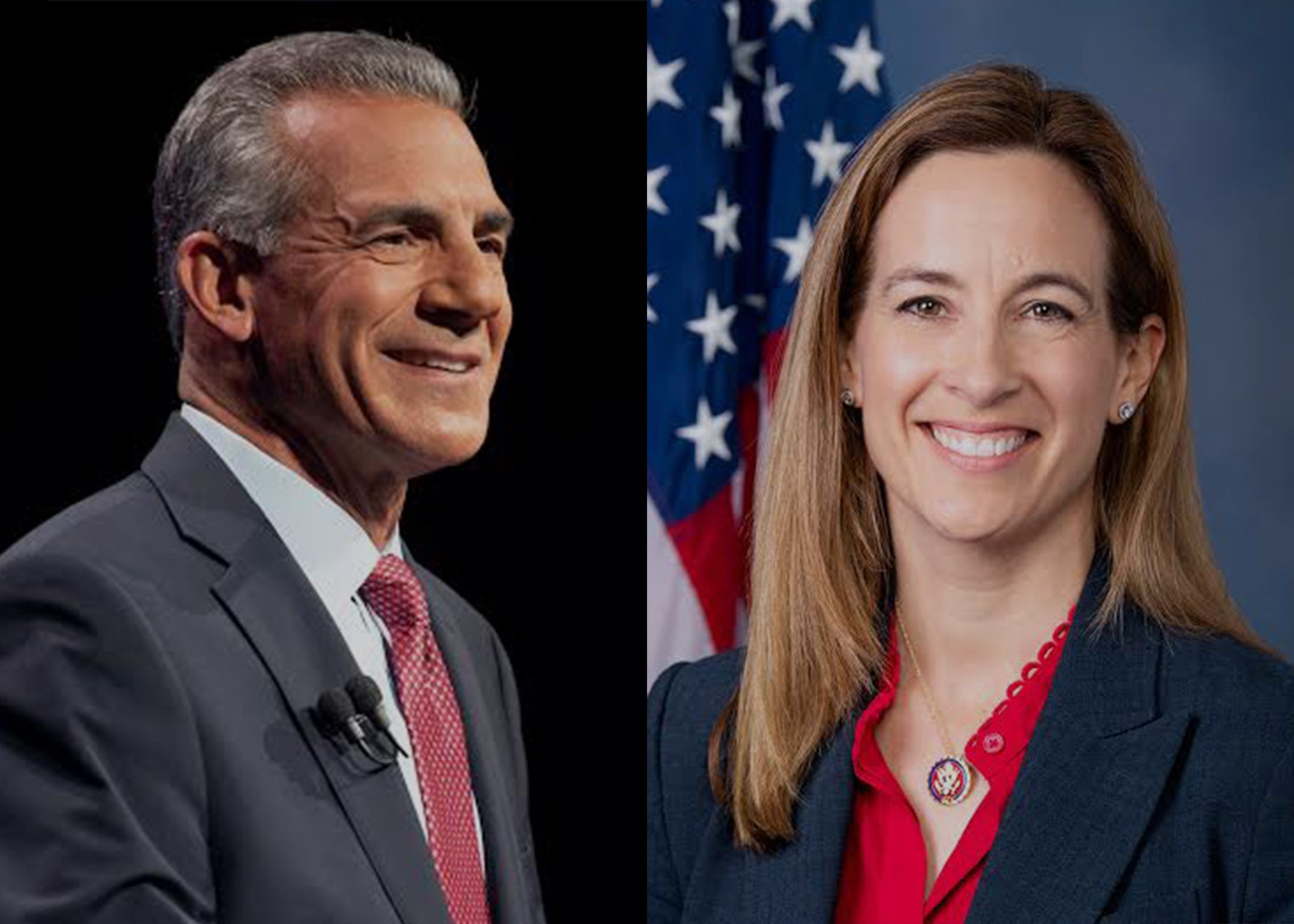Historic turnout and campaign spending mark first partisan primary without party-line ballots
Democratic U.S. Representative Mikie Sherrill and former Republican state Assemblyman Jack Ciattarelli emerged victorious in Tuesday’s New Jersey gubernatorial primaries, setting up a November showdown to succeed term-limited Governor Phil Murphy.
The June 10 primary election made history on multiple fronts, featuring record-breaking turnout, unprecedented campaign spending, and marking the first partisan election in New Jersey conducted without traditional party-line ballots.
Democratic Primary: Sherrill Prevails in Crowded Field
Sherrill secured the Democratic nomination with 33.9% of the vote, collecting 270,106 votes out of approximately 797,175 cast in a competitive six-candidate field. The former Navy helicopter pilot and prosecutor’s victory came despite facing several well-funded opponents with strong regional bases.
Newark Mayor Ras Baraka finished second with 20.5% of the vote (163,291 votes), followed by Jersey City Mayor Steven Fulop at 15.9% (126,997 votes). U.S. Representative Josh Gottheimer captured 11.8% (93,994 votes), while New Jersey Education Association President Sean Spiller received 10.7% (85,475 votes). Former State Senate President Stephen Sweeney rounded out the field with 7.2% (57,312 votes).
Sherrill’s path to victory was anchored by strong performance in Essex County, home to the state’s largest Democratic voter base. Her campaign consistently led in the limited public polling conducted throughout the race, positioning her as the frontrunner heading into election day.
Republican Primary: Ciattarelli Dominates
On the Republican side, Ciattarelli delivered a commanding performance, capturing 67.9% of the vote with 310,099 votes out of 457,027 cast. The 2021 Republican gubernatorial nominee, who narrowly lost to Murphy four years ago, significantly outpaced his challengers throughout the campaign.
Radio host Bill Spadea finished a distant second with 21.9% (99,694 votes), while former State Assembly Minority Leader Jon Bramnick received 6.2% (28,273 votes). Businessman Mario Kranjac and attorney Justin Barbera captured 2.7% and 1.4% respectively.
Ciattarelli’s decisive victory was bolstered by an endorsement from former President Donald Trump and a campaign message emphasizing affordability, term limits, and government accountability — themes that resonated with Republican primary voters.
Historic Election Mechanics
Tuesday’s primary represented a watershed moment for New Jersey elections, as it was the first partisan contest conducted without the controversial party-line ballot system that had long been criticized for giving organizational endorsees significant advantages. The new ballot format was implemented following legal challenges that argued the old system violated voters’ constitutional rights.
The election also set new benchmarks for political engagement in the Garden State. Nearly 12% of registered Democrats and Republicans participated in early voting, contributing to what officials expect will be record-breaking overall turnout for a gubernatorial primary.
Campaign finance records indicate this primary cycle featured unprecedented spending levels, as candidates across both parties invested heavily in television advertising, digital outreach, and ground operations to reach voters in the new electoral landscape.
Looking Ahead to November
The Sherrill-Ciattarelli matchup promises to be closely watched nationally, as New Jersey has not elected a governor from the same party as the sitting president in a contested race since 1989. With Republican Donald Trump currently occupying the White House, historical patterns suggest an uphill battle for Ciattarelli despite his strong primary performance.
Sherrill will likely emphasize her military background, federal legislative experience, and moderate positioning within the Democratic Party as she seeks to maintain her party’s hold on the governor’s mansion. Meanwhile, Ciattarelli will aim to capitalize on any dissatisfaction with Democratic governance while building on the relationships and infrastructure developed during his 2021 campaign.
The general election is scheduled for November 4, 2025, with both candidates now turning their attention to the broader electorate after emerging from their respective primary battles. Early polling and fundraising numbers in the coming weeks will provide the first indicators of how competitive the fall campaign may prove to be.
The primary results also provide insight into the evolving political landscape in New Jersey, where changing demographics and the elimination of party-line ballots may reshape future electoral dynamics across the state.


